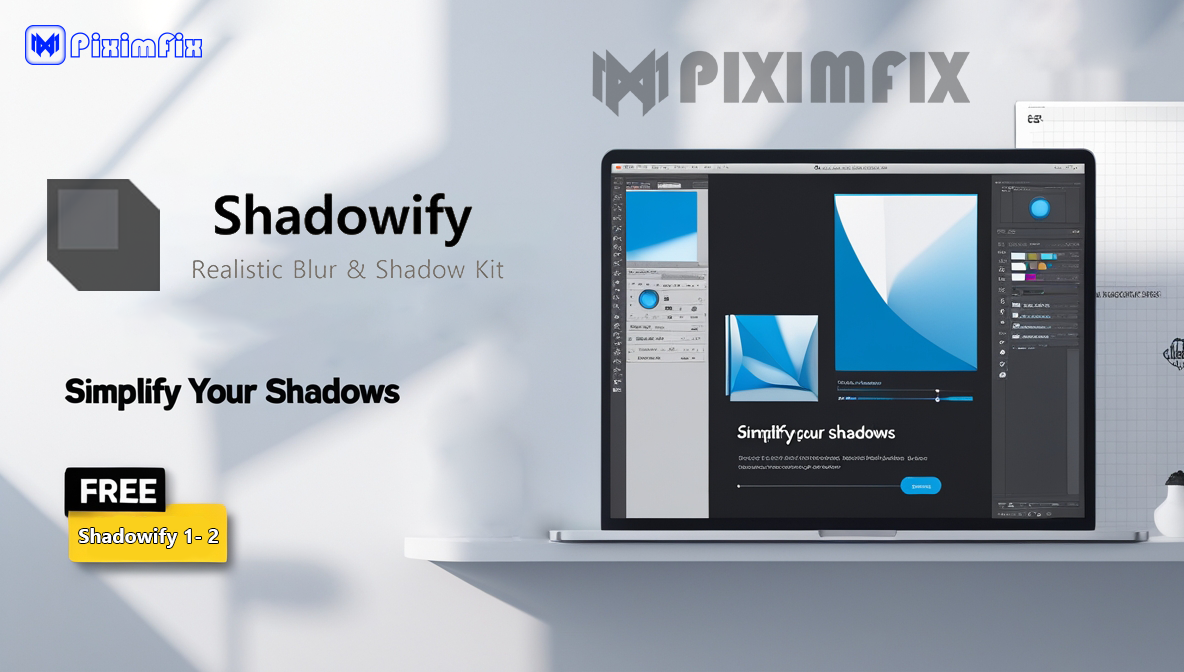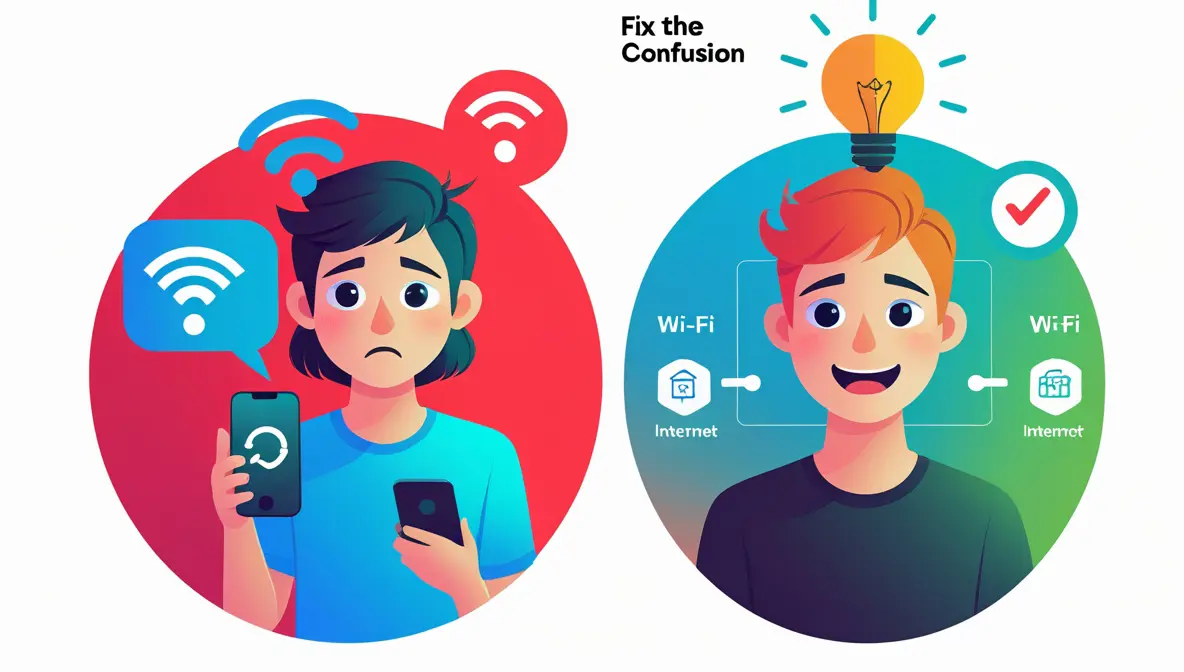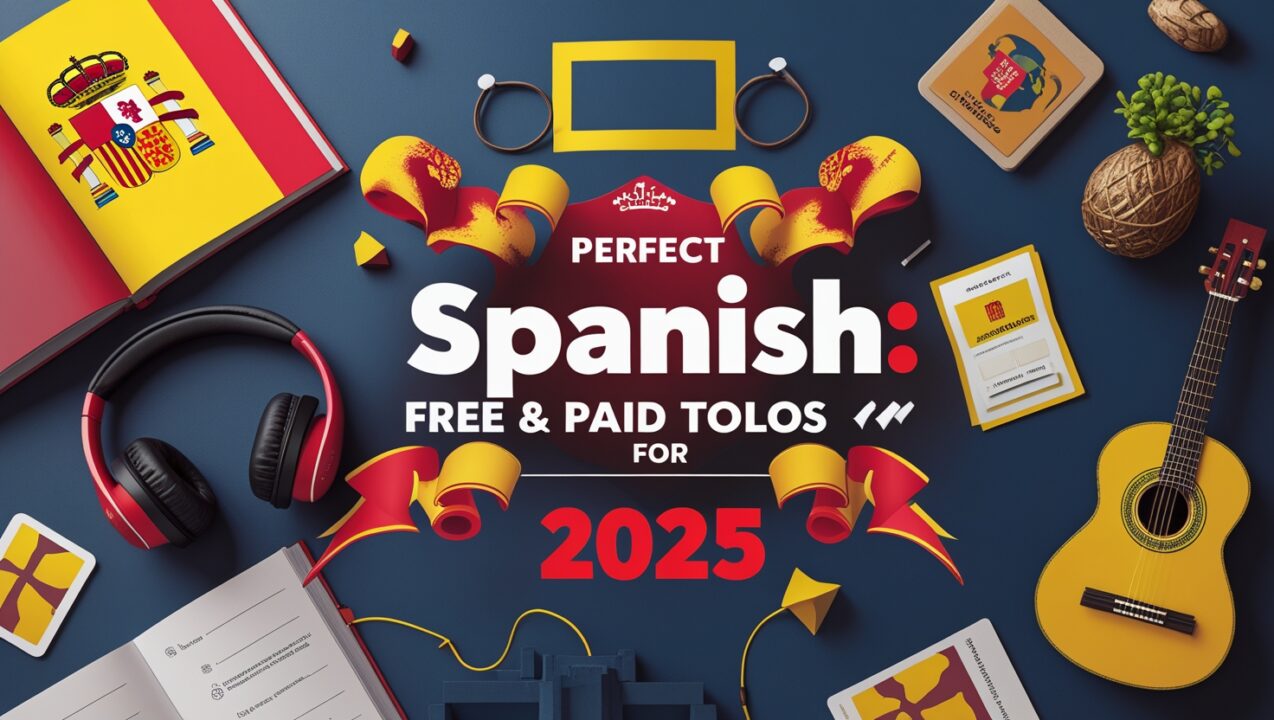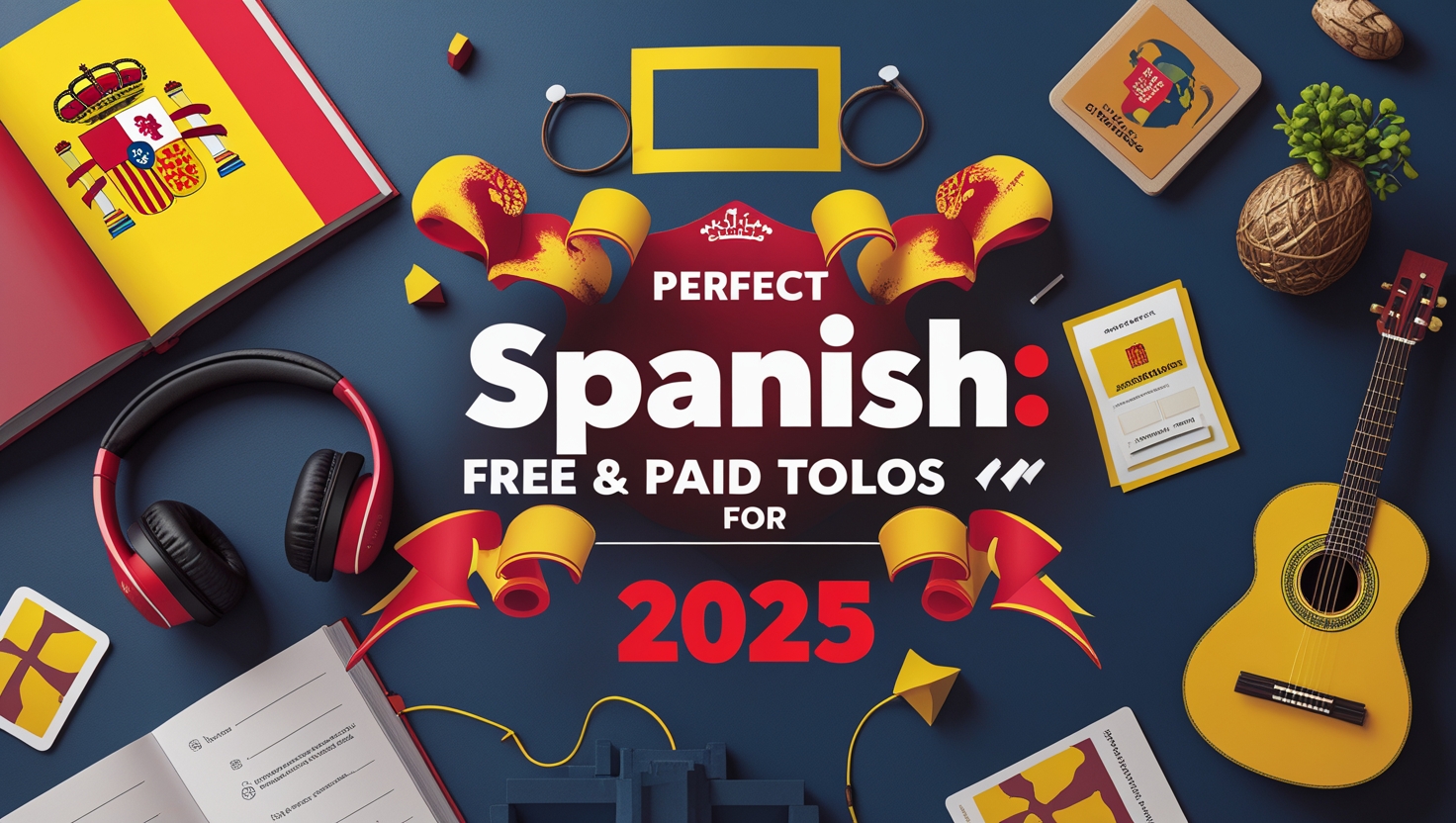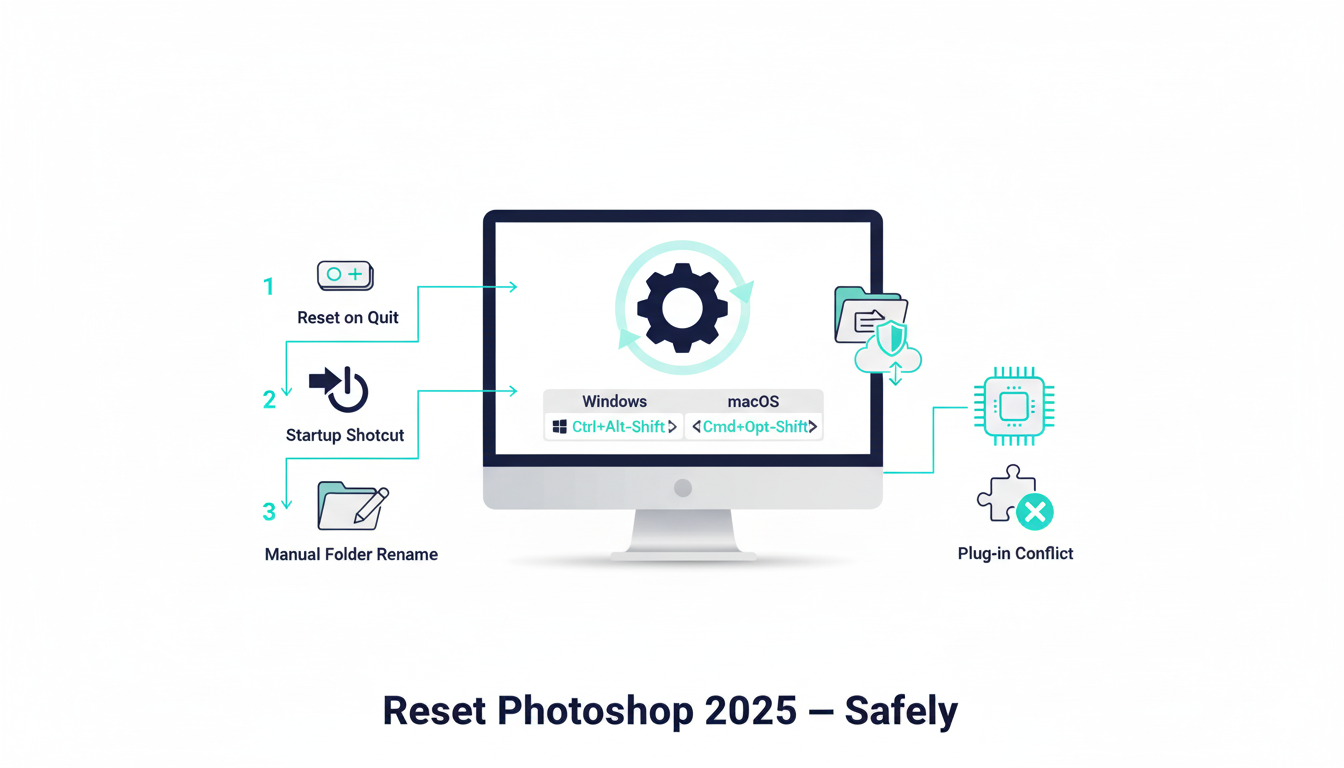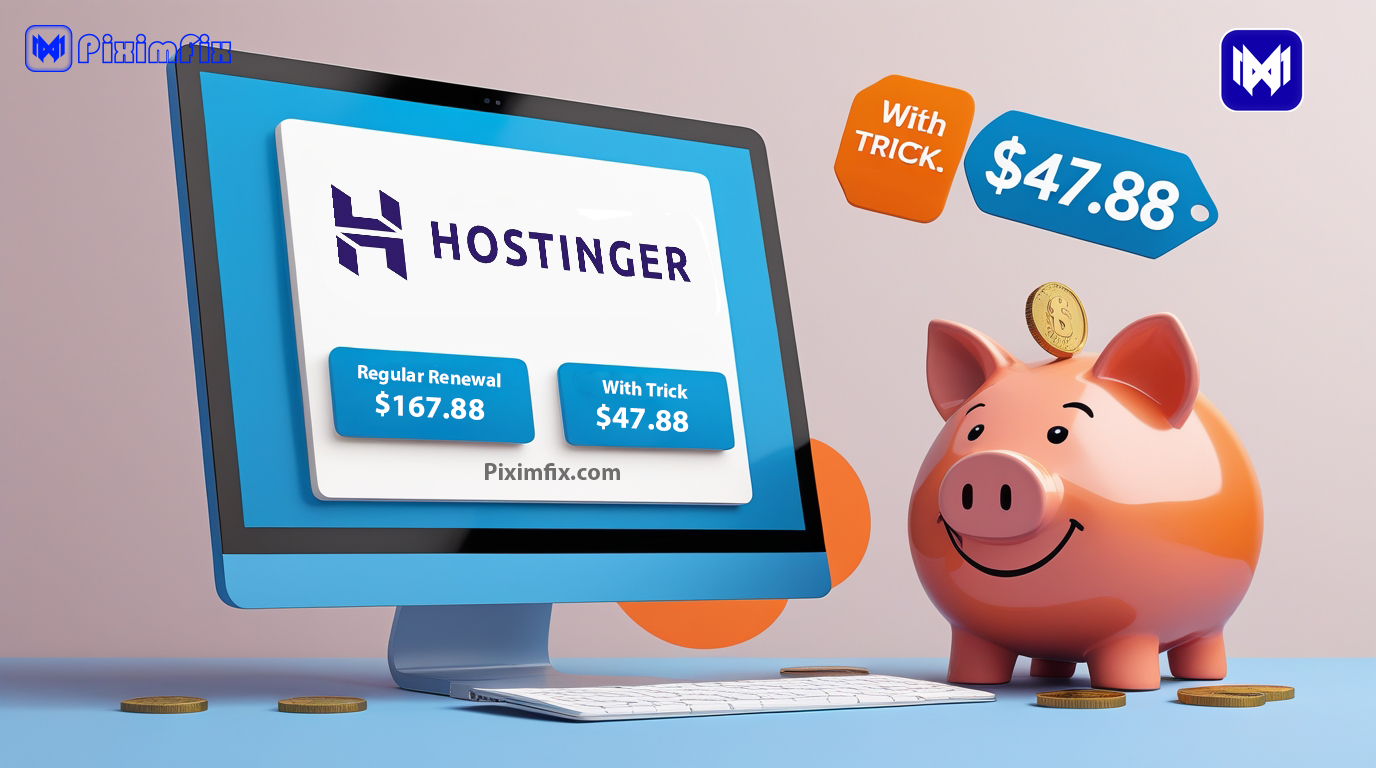Spanish Learning can help you connect with new cultures, make friends, and discover new opportunities. I’ll never forget the first time I ordered a meal in Spanish during a trip to Mexico. It wasn’t a big thing, but it felt amazing to be able to communicate and connect with the people around me.
Did you know that Spanish is the second most popular language to learn in the world? According to Duolingo’s 2022 report, millions of people are learning it every year! Check out the report here. Over time, I’ve tried out all kinds of tools to learn Spanish—like apps, books, podcasts, and flashcards. Now, I’m sharing what worked for me so you can find the best way to start learning, whether you’re just beginning or trying to polish your skills.
Get Duolingo Premium Cookies | Update Hourly
Choosing the Best Tools for Learning Spanish
When you’re learning Spanish, having the right tools can really help you succeed. For example, did you know that using interactive tools like apps or podcasts can make it 30% easier to remember new words compared to just using old-school methods? A good learning tool should fit into your daily routine, match how you like to learn, and keep you excited about making progress. Tools that are simple to use or that focus on your specific level can make learning feel fun and easy. Let’s check out some of the best free and paid options I’ve tried. Whether you like apps, books, podcasts, or flashcards, there’s something here that can help every kind of learner.
Paid Resources: Pimsleur vs. Babbel
Pimsleur: Conversational Confidence on the Go

Pimsleur has been a game-changer for me when it comes to speaking Spanish naturally and confidently. For example, after just a few weeks of using it, I was able to hold simple conversations with native speakers, which boosted my confidence and motivation to keep learning. Its audio-based lessons fit seamlessly into my busy routine, making it ideal for multitaskers. The lessons are structured in a way that builds on what you’ve already learned, making it easier to retain information. Plus, they encourage active participation, like repeating phrases out loud, which helps reinforce pronunciation and memory.
Key Features:
- 30-Minute Audio Lessons: These lessons are just the right length to fit into your daily routine, whether you’re commuting, cooking, or taking a short break. Their bite-sized format ensures you can stay consistent without feeling overwhelmed.
- Native Speaker Guidance: Lessons simulate real-world conversations led by native speakers, which helps improve your pronunciation and gives you a better understanding of how Spanish is used in everyday life and cultural contexts.
- Speak Easy Mode: Conversation transcripts make it easier to follow along and improve fluency. They reinforce listening comprehension by letting you match spoken words to written text, and they’re great for taking notes or reviewing tricky parts of a lesson.
- Extra Tools: Includes flashcards to help expand your vocabulary, quizzes to reinforce what you’ve learned, and AI-powered pronunciation feedback to fine-tune your speaking skills. For example, you can use the flashcards to quickly memorize key phrases, take quizzes to test your progress, and rely on the pronunciation tool to ensure you’re saying words correctly—all working together to strengthen your overall language ability.
Why I Recommend It:
- Practical Approach: Focuses on speaking and listening, which are essential for improving real-life conversational skills and building confidence when communicating with native speakers, without overwhelming grammar rules.
- Flexibility: Self-paced learning lets you repeat lessons as needed, which is perfect for accommodating different learning speeds and busy schedules. Whether you want to breeze through or take your time with a concept, you can adapt the lessons to fit your routine.
- Ideal for Busy People: Hands-free format allows learning on the go, like during your morning commute, a workout session, or while cooking dinner.
Pricing:
- One-Time Purchase: $120 for lifetime access to one language (30 lessons).
- All-Access Subscription: $20/month for access to all 51 languages.
- Risk-Free Trial: A 7-day free trial and 30-day money-back guarantee let you explore the app’s features without any commitment, making it perfect for hesitant learners who want to try before they buy.
“The best way to learn a language is by actually speaking it—not by memorizing a ton of grammar rules or vocabulary lists.”
Babbel: Structured and Interactive Learning

Babbel’s short, interactive lessons make learning Spanish enjoyable and manageable. The lessons are designed with an engaging format and clear structure, making it easy to stay motivated and progress steadily. It’s perfect for building vocabulary and grammar skills in a structured way, with lessons that focus on real-world scenarios and a step-by-step progression to help you steadily improve.
Key Features:
- Interactive Lessons: 10–15 minute lessons that integrate grammar, vocabulary, and phrases into real-world scenarios. The short duration helps learners stay focused and makes it easier to fit lessons into a busy schedule.
- Spaced Repetition: Ensures you retain what you’ve learned by reviewing it at the right time. This method is backed by science, showing that reviewing information at strategic intervals helps enhance memory retention and makes learning more efficient.
- Live Classes: Join group or one-on-one sessions with certified instructors for real-time feedback. This immediate feedback helps learners correct mistakes on the spot, build confidence in their speaking abilities, and develop a more natural flow in conversations.
- Device Flexibility: Seamlessly switch between your phone and desktop while tracking progress. This flexibility makes it easier for learners to stay consistent, even on a tight schedule, by allowing them to continue learning wherever they are.
Why I Recommend It:
- Comprehensive Learning: Combines grammar, vocabulary, and speaking for a well-rounded approach. For example, you might learn new vocabulary in one lesson and immediately apply it in speaking exercises, creating a seamless and balanced learning experience.
- Short Lessons: Easy to fit into a busy day.
- Live Interaction: Boosts confidence and provides personalized feedback.
Pricing:
- 12-Month Plan: $7/month.
- 6-Month Plan: $8.50/month.
- Lifetime Subscription: $300 for unlimited access to all languages.
- Risk-Free Guarantee: 20-day money-back guarantee.
“Babbel’s short, interactive lessons are designed to teach you vocabulary, phrases, and grammar in ways that feel practical and real.”
Free Resources: Effective and Accessible Tools
Not ready to spend money on a Spanish app? That’s okay! There are lots of awesome free tools that can help you learn Spanish without costing a dime. These tools are perfect for students or anyone who just wants to try out the language casually. For instance, students can use free flashcards like Anki to learn new words during breaks, and casual learners might enjoy Language Transfer’s short audio lessons while riding the bus or walking the dog.
Language Transfer

This free audio platform is amazing for beginners. It has 90 short lessons, each about 10 minutes long, that feel like listening in on a private class. The lessons are simple and use easy examples, which makes it perfect for beginners to understand important ideas without feeling lost. The conversational style also makes it fun and easy to remember what you learn.
Complete Spanish Step-by-Step (Textbook)
If you like learning the traditional way, this textbook is a great choice. It’s super easy to follow, covers a lot of material, and even includes free audio guides to help you practice. Check your local library or find a copy online to begin!
Anki Flashcards

Learning new words is super important, and Anki’s free flashcards make it easy and fun. For example, you can use Anki to learn common words like “hola” (hello) or “gracias” (thank you) that you’ll use all the time. The app includes native audio to make sure you’re saying the words correctly, and its smart review system helps you remember everything by practicing at just the right times.
Toucan Chrome Extension

This free browser extension makes learning Spanish words super easy by translating them on any webpage. For example, you can use it while reading news or checking social media to pick up new words naturally. It’s a simple way to practice Spanish while doing things you already enjoy online.
Additional Tips and Tools
Listening Practice
Listening to Spanish podcasts has been one of my favorite ways to immerse myself in the language. Podcasts are great because they improve your listening skills and expose you to different accents and ways of speaking. They also help you get used to the natural rhythm of the language. Here are my top picks:
- Beginner Level: Coffee Break Spanish and cuentame. These podcasts are perfect for starting your Spanish learning journey, with easy lessons and simple explanations.
- Intermediate Level: Español con Juan or How to Spanish. These are fully Spanish podcasts designed specifically for learners, with gentle pacing and accessible vocabulary.
- Upper Intermediate Level: hoyhablamos and no hay tos. These podcasts are faster-paced, include more slang, and the hosts often go off on tangents, making them ideal for learners ready to challenge themselves with conversational Spanish.
- Advanced Level: The Spanish language podcast world is truly your oyster at this stage. Here are three excellent shows to try:
- Radio Ambulante: This podcast shares short audio documentaries about people living across the Americas—Argentina, Cuba, Colombia, and the USA. It’s an amazing way to learn about different Latin cultures and get familiar with various Spanish dialects.
- Caso 63: A Chilean audio drama about time travel. It’s addictive, fun, and perfect for sci-fi fans.
- Nadie Sabe Nada: An improvised comedy show from Spain. It’s great for understanding idiomatic expressions and the Spanish sense of humor.
Mastering Grammar

Learning Spanish grammar doesn’t have to be super complicated. You don’t need to memorize every single rule. By using the tools and resources mentioned earlier, you’ll naturally pick up grammar through practice and seeing patterns over time. For example, hearing and using phrases in context can help you remember when to use “por” or “para,” or why “me gusta” means “I like.” If you ever get stuck, there’s a great Spanish Grammar Video that explains the most important topics like tenses, reflexive verbs, and direct and indirect objects. The video is easy to follow, and the explanations are super clear, even though the visuals are pretty simple.
If you’d rather use a book, I recommend Complete Spanish Grammar Step-by-Step. This book is organized by topic, so it’s easy to look things up, and it has lots of exercises like fill-in-the-blanks and translation activities to help you practice. It’s perfect if you want to improve your grammar step by step in a structured way.
Learning with TV & Movies

Can watching TV and movies in Spanish really help you learn the language? Yes, it definitely can! Watching shows or movies lets you hear how people really talk, including their accents and the way they phrase things. It’s also a great way to pick up cultural details that you might not find in a textbook. But it’s important to use this method at the right time. If you’re just starting to learn Spanish, TV and movies might feel too hard because the language can be fast, full of slang, and tricky to understand. Once you reach an advanced level (around B2 or above), video content can be a great tool to immerse yourself in Spanish and push your skills further.
Tips for Watching
Here’s how to get the most out of watching TV and movies in Spanish:
- Use Spanish subtitles: These help you match what you hear to the written words, which improves both your vocabulary and listening skills.
- Try without subtitles: When you feel confident enough, watching without subtitles will train your ear to rely on context and natural speech patterns.
Avoid using English subtitles—they can distract you and take away from the immersion. Spanish subtitles, on the other hand, let you practice listening and reading Spanish at the same time, making it easier to understand and remember what you learn.
What to Watch
There are so many great Spanish-language shows and movies to choose from! Here are three fun Netflix picks that match different interests:
- La Casa de Papel (Money Heist): This action-packed show is full of drama and exciting twists. Plus, it has some of the coolest characters you’ll ever see on TV.
- Club de Cuervos: A super funny show about a Mexican soccer team. If you’ve watched Ted Lasso, you’ll love this one.
- Jugando con Fuego Latino (Too Hot to Handle Latino): A reality show where a group of people live on an island. It’s full of drama, humor, and everyday slang that’s perfect for picking up casual phrases.
Why This Works
Watching TV and movies in Spanish helps you get used to the rhythm of the language and introduces you to different accents and ways of speaking. It’s also a fun way to learn slang and common phrases that you can use in real conversations. And the best part? It doesn’t feel like studying—it’s a way to relax and enjoy yourself while still improving your Spanish.
Don’t forget to rewatch scenes to pick up on details you might have missed. You can focus on one scene at a time, replay it to understand better, and try repeating key phrases out loud. This makes learning more interactive and helps lock in what you’ve learned. Combining entertainment with education is one of the most enjoyable ways to get better at Spanish!
Speaking Practice
Improving your speaking skills takes practice, and these methods have worked wonders for me:
- AI Chat Tools: If you haven’t yet practiced speaking Spanish with ChatGPT, it’s worth a try! Download the free app, use the voice-to-text feature, and simply start making conversation. This is a good way to get comfortable with small talk and everyday phrases, helping beginners gain confidence for real-life conversations, such as greeting someone or asking for directions. ChatGPT can also point out and correct your mistakes, helping you improve sentence structure and pronunciation as you practice. AI tools like ChatGPT provide immediate feedback, making them a convenient option for daily practice and helping you spot mistakes as you go.
- Language Exchanges: Another effective way to improve your Spanish is through video chatting. For example, hiring a private tutor on an online platform like Preply offers a much more structured and enjoyable learning experience. A tutor can provide personalized feedback and tailored lessons to help you boost your language skills quickly. For example, they can assist with improving pronunciation, mastering tricky verb conjugations, or even preparing for specific goals like passing a Spanish test or traveling to a Spanish-speaking country. If you’d prefer a free option, you can try a language exchange where you practice Spanish with someone learning English. This is a fun, collaborative way to improve your speaking skills while helping someone else improve theirs.
- Tutors: Platforms like Preply connect you with native speakers for one-on-one personalized lessons. Tutors can help you work on tricky grammar rules, improve your pronunciation, and build confidence in your speaking abilities. They can adapt to your learning pace and specific goals, whether it’s preparing for a trip, mastering verb conjugations, or simply feeling more comfortable in conversations. They can also customize lessons to match your goals, whether it’s preparing for a trip, passing a Spanish class, or working toward fluency.
- In-Person Meetups: If you live in the US or a major European city, finding Spanish conversation groups is easy. Free sites like Meetup.com let you search for gatherings in your area. For example, a typical meetup might involve practicing conversational topics, sharing cultural experiences, or even playing language-based games to make learning fun and interactive. All you have to do is show up and join the conversation. It’s a great way to practice speaking, meet new people, and build confidence in a real-world setting.
Reading Practice
Learning to read in Spanish can really help you get better at the language. It’s also a great way to improve your listening skills. If you’re just starting out, I recommend downloading a free eBook like An Elementary Spanish Reader. This book has a collection of children’s stories that you might already know, and it uses simple words and sentences, making it easy to understand.
If you have a Kindle, it’s even better! You can tap on any word you don’t know, and it will show you the meaning right away. This helps you learn new words quickly and makes reading more fun.
Another great option is Paco Ardit’s graded readers. These are short Spanish books written for people learning the language. They come in different levels, from beginner (A1) to advanced (C2), so you can pick one that matches your skill level. As you get better at Spanish, you can move up to the next level and keep improving step by step.
🚀 Reading Resources: 👍 An Elementary Spanish Reader (Free) 👍 Graded Readers by Paco Ardit
For beginners, books like graded readers or children’s stories in Spanish are a perfect way to start. They use simple words and fun stories to make learning easier and help you feel confident. If you’re more advanced, you can try reading Spanish novels like Cien Años de Soledad by Gabriel García Márquez or explore news websites like El País. These can help you learn even more words and understand Spanish better.
Which Resource Is Right for You?
Learning Spanish can be an exciting adventure, and having the right tools can make it so much easier. I remember when my friend started learning Spanish with just a podcast and some flashcards. Within a few months, she was able to order food and chat with locals while on a trip to Spain. That experience gave her the confidence to use Spanish in real-life situations. With so many options to choose from, it can feel hard to decide where to start. Here’s a guide to help you pick the best resource based on your needs and goals:
For Beginners
If you’re new to Spanish, start with free resources like Language Transfer or An Elementary Spanish Reader. These are super simple to use and help you build a solid base in grammar and vocabulary. Podcasts like Coffee Break Spanish are also great because they teach you basic conversation skills and practical phrases you can use in everyday life.
For Intermediate Learners
Once you’ve learned the basics, it’s time to combine structured tools with real-world practice. Apps like Babbel offer interactive lessons that make learning fun, while Paco Ardit’s graded readers give you short, easy-to-read books that match your skill level. Podcasts like Español con Juan or How to Spanish are perfect for improving your listening skills and learning how Spanish is really spoken.
For Advanced Learners
If you’re ready to dive deep into Spanish, try watching Spanish-language TV shows like La Casa de Papel or listening to advanced podcasts like Radio Ambulante. These will challenge you with complex vocabulary, slang, and accents from different regions. You can also work with a tutor on Preply to fine-tune your accent, learn tricky grammar topics like the subjunctive, and build confidence in speaking fluently.
For Busy Schedules
If you don’t have much free time, Pimsleur’s audio lessons are a great option. You can listen to them during your commute or while doing chores. Pair this with Anki flashcards, which use a technique called spaced repetition to help you remember new words and phrases better over time.
For Social Learners
Do you like meeting new people? In-person meetups or language exchanges are perfect for practicing Spanish in a fun, interactive way. You can use sites like Meetup.com to find conversation groups near you, where you can practice speaking, play language games, and share cultural experiences with others.
Final Thoughts
The best resource is the one that works for you and keeps you excited to learn. Whether you like structured lessons, fun apps, or real-world practice, there’s something out there for everyone. Start small, be consistent, and enjoy the journey. Learning Spanish can open up new friendships, adventures, and opportunities—so why not start today? Try a resource like Language Transfer or Pimsleur and see where it takes you. ¡Buena suerte!

